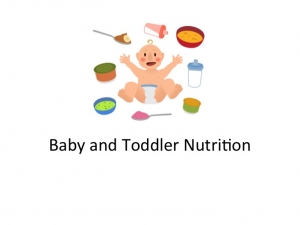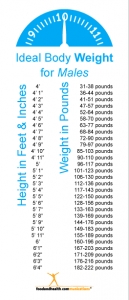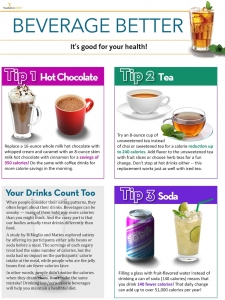Sneak Peek: Baby Nutrition
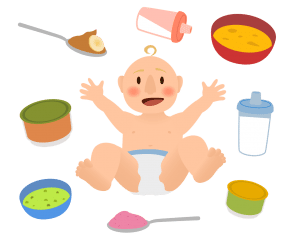 I got another reader request, and it was too good not to share with you!It all started when a health educator got in touch to ask me about feeding guidelines for little babies. After all, MyPlate and the Dietary Guidelines for Americans only offer nutrition guidelines for children age 2 and up. What about before then? My curiosity took over and I just had to see what was recommended.I started with research from the Centers for Disease Control and Prevention (CDC), then explored other resources, like the American Academy of Pediatrics and the latest scientific studies. Once I had a good grasp of what the recommendations were, I put them all into a PowerPoint presentation.The result was the brand-new 0 to 5 Baby and Toddler Nutrition PowerPoint and Handout Lesson. This 33-slide PowerPoint presentation and handout set offers everything you need to help parents, caregivers, and childcare providers offer healthful nutrition to children from birth to age five. This presentation and handout set also feature a guide to healthful feeding habits, ways to encourage physical activity, and the latest recommendations about screen time. It is a comprehensive, research-based resource that is perfect for any educator. And it's all thanks to one simple request. After all, we're here to help you look your very best, right now!But that's not all! Today I'd like to share a handout from the program with you, for free! Check out the text below and be sure to download your copy today. And, if you like what you see, check out the full program!What Do Babies Eat?Here’s a closer look at feeding recommendations from birth to age two…
I got another reader request, and it was too good not to share with you!It all started when a health educator got in touch to ask me about feeding guidelines for little babies. After all, MyPlate and the Dietary Guidelines for Americans only offer nutrition guidelines for children age 2 and up. What about before then? My curiosity took over and I just had to see what was recommended.I started with research from the Centers for Disease Control and Prevention (CDC), then explored other resources, like the American Academy of Pediatrics and the latest scientific studies. Once I had a good grasp of what the recommendations were, I put them all into a PowerPoint presentation.The result was the brand-new 0 to 5 Baby and Toddler Nutrition PowerPoint and Handout Lesson. This 33-slide PowerPoint presentation and handout set offers everything you need to help parents, caregivers, and childcare providers offer healthful nutrition to children from birth to age five. This presentation and handout set also feature a guide to healthful feeding habits, ways to encourage physical activity, and the latest recommendations about screen time. It is a comprehensive, research-based resource that is perfect for any educator. And it's all thanks to one simple request. After all, we're here to help you look your very best, right now!But that's not all! Today I'd like to share a handout from the program with you, for free! Check out the text below and be sure to download your copy today. And, if you like what you see, check out the full program!What Do Babies Eat?Here’s a closer look at feeding recommendations from birth to age two…
- Age 0-6 months: Breast milk meets all the baby’s needs at this time. Formula is also acceptable if the mother cannot breast feed.
- Age 6-12 months: Parents can supplement breast milk with healthful baby food, like rice cereal and pureed vegetables.
- Age 12-24 months: Supplement healthful solid foods with breast milk. Skip sugary drinks and offer water or plain milk. Offer a wide variety of foods to the baby and, as the baby grows, keep trying new foods.
More Tips for Healthy BabiesAs you introduce babies to solid foods, be sure to offer the foods gently and slowly, watching to see whether the baby is still hungry.
- Steer clear of these foods with an infant — they’re not safe for babies!
- Honey
- Raw, unpasteurized milk
- Home-canned food
Help your baby stay active. Play together and encourage the baby to move his/her arms and legs. On that same note, limit time in strollers, bouncy seats, swings, etc so that the baby has plenty of opportunity to move.The American Academy of Pediatrics recommends that babies get no screen time before the age of two.Here's the handout! What will you do with your copy?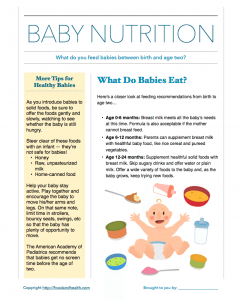 Don't miss these great health education resources! They're all at the Nutrition Education Store!
Don't miss these great health education resources! They're all at the Nutrition Education Store!